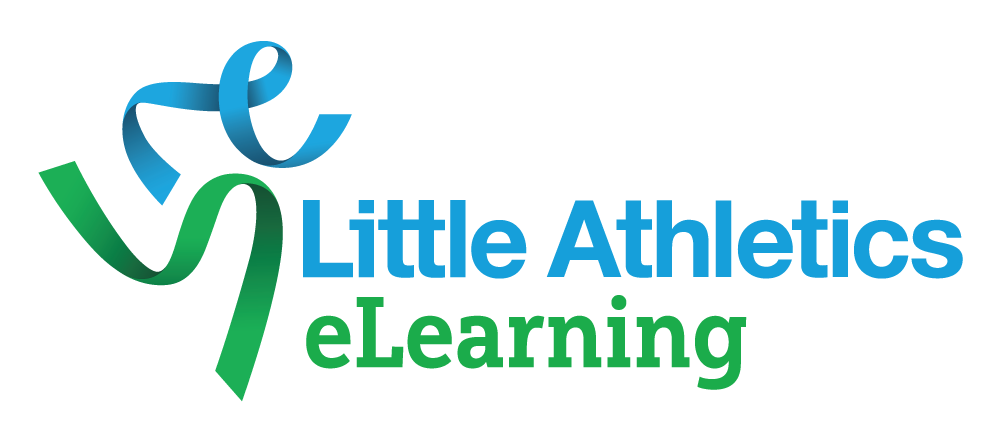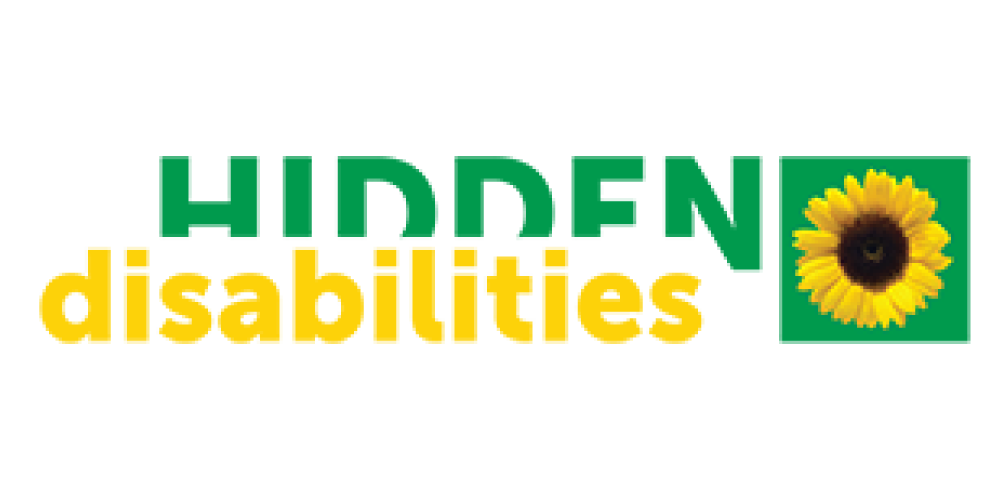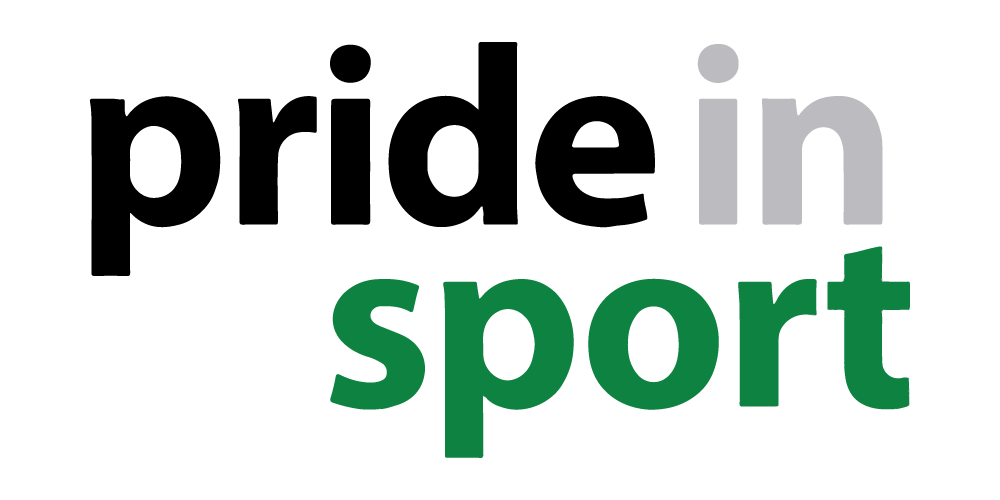Autism
What is Autism?
Autism Spectrum Disorder (autism or ASD) affects how a person interacts with others and experiences their environment.
- Pronounced aw·ti·zm or aw·ti·zuhm spek·truhm duh·saw·duh
Every autistic person is unique which is why autism is described as a ‘spectrum’. Autism is a lifelong disability.
Autistic people have 4 main characteristics
- Communicate and build relationships in different ways.
- Narrow interests and activity choices.
- Repetitive behaviours.
- Under-aware or over-aware to sensory input.
Communicate and build relationships in different ways
- Not use eye contact eg they can listen without looking at the person speaking.
- Take words literally – E.g., when packing up “chuck the shot put over there” might be interpreted literally as “throw the shot put over there”.
- Not use words to communicate – E.g., they may use pictures (visuals) in combination with words or gestures to communicate.
- Find it difficult to interpret social cues – E.g., recognising their own or other athletes’ emotions.
Narrow interests and activity choices
- This could be demonstrated by knowing in detail everything about certain topics such as running.
Repetitive behaviours
- Make repetitive noises.
- Do repetitive movements like body-rocking.
- Require consistent routines or time to prepare for changes in routine.
Under-aware or over-aware to sensory input.
- Startle to loud noises, for example, the starters gun.
- Avoid the feel of the sandpit.
- Be upset if hands/feet are dirty/wet.
Causes of Autism
It is unknown what causes autism. There might be several causes, including brain development and genetic factors* Raising Children Network Autism
- Evidence strongly suggests a genetic basis to autism. Researchers have found many possible genes that might play a role in the development of autism.
- Research shows that the brains of autistic people tend to grow faster than average during early childhood. We don’t know why this rapid growth happens. But it means that in autistic people, parts of the brain communicate with each other in a unique way.
- Vaccines do not cause autism. The American Academy of Pediatrics has put together a list of this research including Australian research following 1.26 million children.
Benefits of Athletics
Health
Many children with autism have chronic sleep problems which can be helped with regular exercise.
About half of people with autism also have anxiety. Social anxiety probably happens because autistic people can have difficulty interpreting social cues which can make social situations challenging. You can support understanding with clear communication.
Balance and coordination
Most autistic children have challenges with balance and coordination. Athletics can support functional development using demonstration and repetition of the activity.
Tone
Some autistic people have low tone or hypotonia. This means that the muscles feel floppy and may look weak and the joints can be extra flexible. Athletics is beneficial to increase strength to support low tone.
Learning
Many autistic people need support to learn new skills. The repetition of skills in athletics helps the learning of new motor skills.
Communication
About 40% of autistic people use supports to assist with communication as they do not use words. This might include a communication device, Auslan sign language, gestures and/or pictures. Use visual supports and gestures at the same time as verbal interactions to help communicate more easily.
Terms to use and terms to avoid
| Terms to use | Terms to avoid |
| Autistic person | Aspy |
| Person on the autism spectrum | High-functioning or low-functioning |
| Person on the spectrum | Profound or severe |
| Neurodiverse | ‘Suffering from’ or ‘victim of’ |
| Typically developing or neurotypical | ‘Normally’ developing |
Language to describe autism
Language and the words we use are important to make all athletes feel welcome. This is especially true for how we refer to or describe other people.
Little Athletics Australia recognises that each person has their own preferences about how they would like to be described. We encourage you to listen and follow the lead of the athlete.
Over the last decade, many organisations and peer-led networks have evolved the language they use to describe autism. This has come about from research and listening to people on the autism spectrum.
Research in the UK asked people connected to autism about their preferences regarding the use of language. The survey highlighted that there is not one preferred way to talk about autism by all groups. It found that autistic adults preferred identity first language (autistic person). The preferred term amongst other stakeholders (predominately families and professionals) is person-first language ‘person on the autism spectrum’.
Here is some more information about identity and person first language.
| Identity first language | Person first language | |
| What this looks like | Autistic athlete | Athlete on the autism spectrum Athlete on the spectrum |
| Definition | Puts the disability before the person | Puts the person before the disability |
| Positives | Recognises that autism is intrinsic to a person’s identity | Recognises that you are a person first, not just a diagnosis |
| Why the change | Autism is part of who someone is and adds value to them as a person | Separates the person from the disability and for some people implies that autism is negative |
| What about other disabilities? | Not currently used to describe people with most other disabilities. This is an evolving space | Remains the preference to describe people with other disabilities eg ‘person with down syndrome’ or an ‘athlete with Cerebral Palsy’ |
Remember to always listen to the individual and ask if you are not sure about their preferences.
Identity-first language for autism is the preferred position of the following organisations (as of 2023):
- Amaze: https://www.amaze.org.au/2018/04/writing-and-talking-about-autism-preferred-terminology/.
- I Can Network: https://icannetwork.online/.
- Autistic Self Advocacy Network Australia and New Zealand: https://autisticadvocacy.org/
- Australian Autism Alliance: https://australianautismalliance.org.au/.
- Yellow Ladybugs: https://www.yellowladybugs.com.au/.
- The Autistic Realm Australia: https://www.tara.org.au/.
- Reframing Autism: https://reframingautism.org.au/.
- Autistic Women and Nonbinary Network: https://awnnetwork.org/.
- Autism CRC (Research): https://www.autismcrc.com.au/language-choice.
- Raising Children Network: See autism language.
- The Autistic Self Advocacy Network USA: https://autisticadvocacy.org/about-asan/what-we-believe/.
- The National Autistic Society UK: https://www.autism.org.uk/.
Sources
Aspect – https://www.autismspectrum.org.au/
Autism Speaks – DMS-5 diagnostic criteria – https://www.autismspeaks.org/autism-diagnosis-criteria-dsm-5
Health Direct – https://www.healthdirect.gov.au/autism
Kenny, L., Hattersley, C., Molins, B., Buckley, C., Povey, C., & Pellicano, E. (2016). Which terms should be used to describe autism? Perspectives from the UK autism community. Autism, 20(4), 442–462. https://doi.org/10.1177/1362361315588200
Raising Children Network – https://raisingchildren.net.au/autism
Taylor, L. E., Swerdfeger, A. L., & Eslick, G. D. (2014). Vaccines are not associated with autism: an evidence-based meta-analysis of case-control and cohort studies. Vaccine, 32(29), 3623–3629. https://doi.org/10.1016/j.vaccine.2014.04.085
Vaccine safety – https://www.healthychildren.org/English/safety-prevention/immunizations/Pages/Vaccine-Studies-Examine-the-Evidence.aspx





